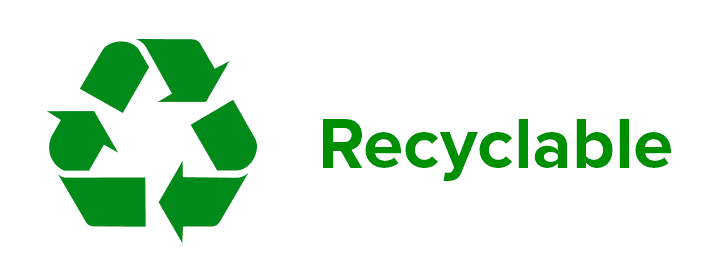
Our patent pending fibre trays are made from bamboo, one of the most sustainable materials on earth.
Bamboo is a fast growing grass that works to sequester carbon from the atmosphere and replace it with clean oxygen, all without irrigation, fertilisers or pesticides.
Features
- Domestic paper recycling (under TAC review by APCO)
- Home compostable
- Compatible with our eco-friendly shrink lidding film
- Works with most production lines (no tooling change)
- High barrier PE sealant layer
- Works with most PE based lidding films
- Easy peel options
- Standard tray sizes – no tooling costs
- Custom tray sizes – new tool required


Seamless integration
Designed to use the same top web, which can be purchased separately, to seamlessly integrate into your current tray sealing and denesting systems.
An 80% reduction in plastic waste
Reduce your plastic waste by 80% compared to conventional plastic trays on the market.
Shelf life
Caspak packaging solutions are custom designed to extend the shelf life of products in order to minimise food waste within the supply chain.
Premium quality
Our experienced production team and product experts combine their knowledge with our state-of-the-art lab to ensure all our products meet the highest quality, both in presentation and performance.
As well as providing the sustainable solution Hagen’s were looking for, the Caspak fibre trays also meet their need for high barrier MAP packaging.

Domestic paper recycling and home compostable
Under TAC Review by APCO
Using fibre rather than plastic means the end-of-life benefits are significant. Consumers can place the trays in their kerbside paper recycling bin, after removing the lidding film, which will increase the raw material recovery rate to 70%. Consumers can also remove the laminate and discard in the bin to make the trays home compostable, backed by an International Composting Certificate. Adding the L2025 lidding film will create a fully recyclable option.
What happens to the laminate when recycled?
The laminate on the tray is removed during the normal pulping process (much like with tetra pak containers) and is disposed of in landfill.
Did you know
Paper and fibre have one of the highest rates of recovery and recycling, much higher than plastic, making the fibre tray an easy and visible option for sustainable packaging.


The advantages of bamboo
Bamboo is rapidly becoming a viable alternative to plastic and has become a hot commodity in the sustainable marketplace. It requires no pesticides or fertilizers, is certified compostable and uses a third less water to grow than cotton.
It also grows rapidly, reduces soil erosion and absorbs 5 times more carbon dioxide while producing 35% more oxygen than trees.
… and to complete the circular economy, bamboo can be recycled in the domestic paper recycling stream. It doesn’t get any better than that!











